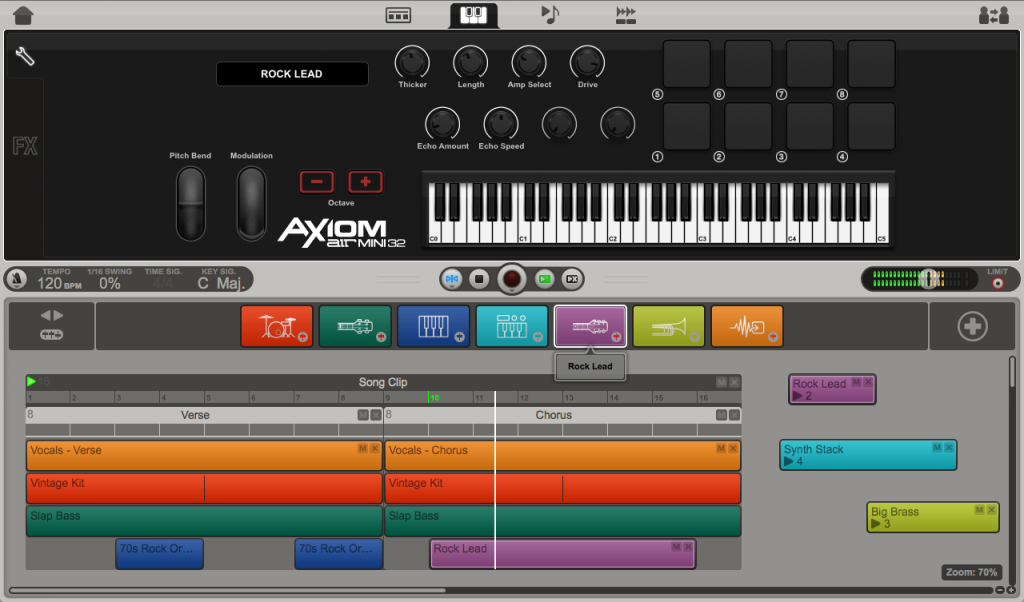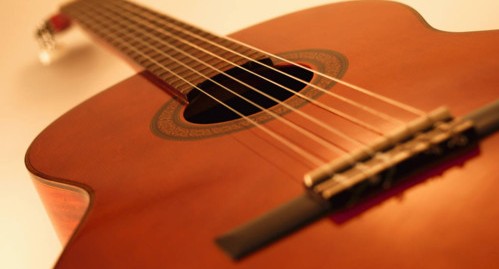 I’m always looking for something to help me manage my music creative workflow better. Today I found a new product called Ignite that suggests that they are in tune with the music creative process as opposed to the music capture process i.e a recording based one which is what every other DAW is about i.e. that I know of.
I’m always looking for something to help me manage my music creative workflow better. Today I found a new product called Ignite that suggests that they are in tune with the music creative process as opposed to the music capture process i.e a recording based one which is what every other DAW is about i.e. that I know of.
Here’s a feature run down which can be found on their site:
-
- Creative Workflow
- Capture your ideas quickly and make music – without getting bogged down with technical jargon and complicated steps.
- Individual musical ideas are captured as phrases and are placed in the Arranger. The Arranger is an organic “stage” where you can organize your music ideas and phrases in whatever way make sense to you.
- Clips can be any length, and don’t have to be aligned into a pre-determined structure (such as tracks and lanes). Multiple clips can be played back together, or even grouped to create more complex phrases and song sections.
- Instant M-Audio Keyboard Integration
- Ignite will instantly recognize any current generation M-Audio keyboard controller once it is connected to your computer.
- Key parameters will be automatically assigned, or mapped, to the front panel controllers. The on-screen image labels the controllers with their current parameters, providing visual reminders.
- Superior AIR Instrument Sounds
- Included with Ignite are over 275 remarkable instrument sounds developed by AIR Music Technology. This international team also created the acclaimed Hybrid, Strike, Transfer, Structure, and Velvet instruments for Pro Tools – the industry-standard professional music and audio workstation.
- Instruments include keyboards, drums, percussion, basses, guitars, synths, strings, brass, and woodwinds.
- Creative Kick-starters
- Smart MIDI technology provides both a Chord Player and a Phrase Player.
- The Chord Player plays a chord pattern using either simple or advanced voicings.
- The Phrase Player can be used to deliver a single-voice melodic phrase, or even a drum pattern depending on the instrument selected.
- The arpeggiator plays notes individually, either as a musical flourish or in a rhythmic pattern.
- Collaborate, Send, and Share
- Share your musical ideas and songs with other musicians through SoundCloud.
- Export WAV, MP3 and MIDI files, and import them into any DAW recording software – including Pro Tools.
- Creative Workflow

